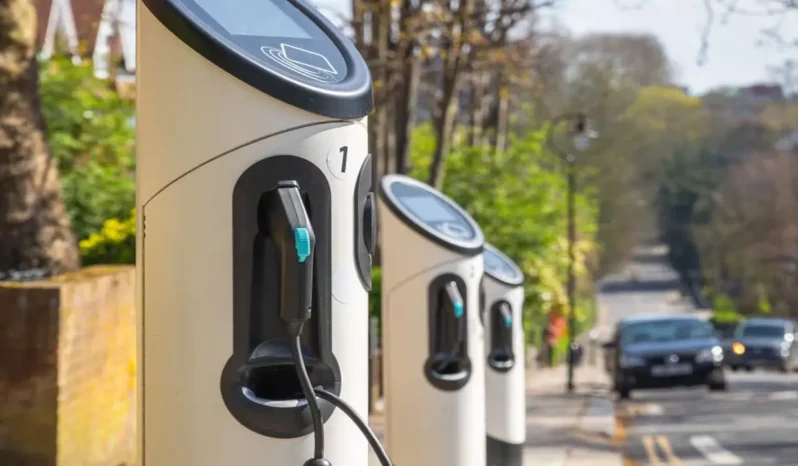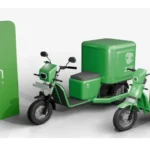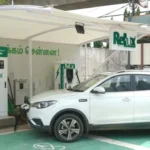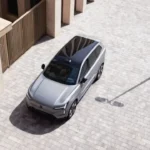New Delhi, April 23, 2025 — The Supreme Court of India served a notice to the Central Government following a Public Interest Litigation (PIL). Challenging the validity and enforcement of India’s electric vehicle (EV) policies. The PIL, presented by the Centre for Public Interest Litigation and represented by senior counsel Prashant Bhushan. States that the government’s ambitious EV plans are yet to be achieved. Policy implementation and infrastructure deployment trailing government declarations.
What Sparked the PIL?
India’s EV sector has seen a flurry of government initiatives over the past decade. Flagship schemes like the Faster Adoption and Manufacturing of Hybrid and Electric Vehicles (FAME). The Production Linked Incentive (PLI) for battery manufacturing. Aimed to boost EV adoption and domestic manufacturing. Yet, the PIL points out a significant gap between targets and reality. For example, the 2012 government vision of having 70 lakh EVs on Indian roads by 2020 has failed, with only approximately 35 lakh in 2025. Activist Bhushan pointed out the insufficiency of charging infrastructure. The tardy implementation of policies as major hurdles. The petition also expresses concern regarding sustained high levels of pollution. Due to the predominance of fossil-fuel vehicles, which still account for over 26 crore in India.
Supreme Court’s Response and Next Steps
A bench comprising Justices Surya Kant and N Kotiswar Singh raised the alarm. The tardy pace of work and requested the government to file a comprehensive status report in four weeks. The Court also sought clarification regarding the effect of new technologies. Such as AI-enabled vehicles, on employment opportunities and road safety.
The hearing has been slated for May 14, 2025, when the government is to file detailed progress reports on:
- Progress under FAME and PLI schemes
- Scaling up of charging and battery-swapping facilities
- Action taken to alleviate consumer and industry concerns
Government and Industry Response to PIL
The Ministry of Heavy Industries, in charge of India’s EV policy, has reaffirmed its promise of clean mobility. Recent announcements have involved cutting import duties on premium EVs. In order to promote domestic production and allowing customs duty waivers for equipment used in the manufacturing of EV batteries. Players in the industry like Tata, Maruti Suzuki, and Hyundai plan to introduce new EV models in 2025. Improved range and quicker charging to satisfy consumers. Industry players recognize the government’s policy intention but share the PIL’s apprehensions. Subsidies and incentives have worked, but the absence of widespread charging points is a big bottleneck. Consumer associations have also demanded greater transparency and accountability in the implementation of EV infrastructure.
ELCTRIK Speaks
The decision of this Supreme Court case may decide the destiny of India’s electric vehicle transition. While India seeks to achieve reduced pollution and assume a leadership role in the international green mobility competition. It is essential that the policy and practice divide be bridged. The intervention of the Court highlights government responsibility as much as it necessitates industry collaboration for sustaining growth in the EV industry.







